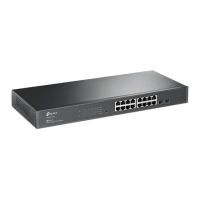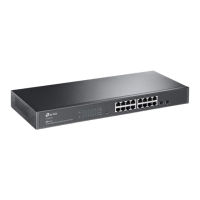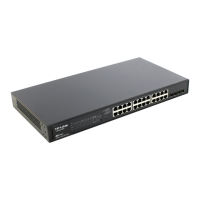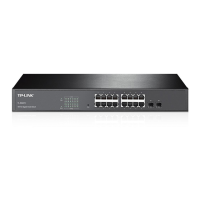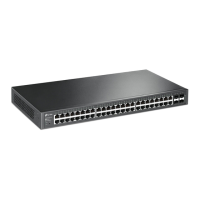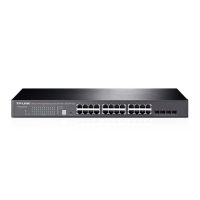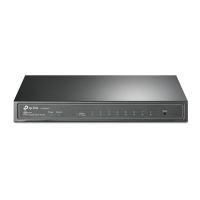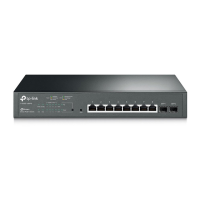Configuration Guide 628
Configuring LLDP LLDP
1
LLDP
1.1 Overview
LLDP (Link Layer Discovery Protocol) is a neighbor discovery protocol that is used for
network devices to advertise information about themselves to other devices on the
network. This protocol is a standard IEEE 802.1ab defined protocol and runs over the
Layer 2 (the data-link layer) , which allows for interoperability between network devices of
different vendors.
With the LLDP feature, network administrators can get the managed network devices’
information from the switch or the NMS (Network Management System), which can
help them know about the network topology, examine the network connectivity and
troubleshoot the network faults.
LLDP-MED (Media Endpoint Discovery) is an extension of LLDP that is used to advertise
information between network devices and media endpoints. It is specially used together
with Voice VLAN to allow VoIP (Voice over Internet Protocol) device to access the network.
VoIP devices can use LLDP-MED for auto-configuration to minimize the configuration
effort.
1.2 Supported Features
The switch supports LLDP and LLDP-MED.
LLDP allows the local device to encapsulate its management address, device ID, interface
ID and other information into a LLDPDU (Link Layer Discovery Protocol Data Unit) and
periodically advertise this LLDPDU to its neighbor devices on the network. The neighbors
store the received LLDPDU in a standard MIB (Management Information Base), making
it possible for the information to be accessed by a Network Management System (NMS)
using a management protocol such as the Simple Network Management Protocol (SNMP).
LLDP-MED allows the network device to send its information including Voice VLAN
information, PoE (Power over Ethernet) capacity and etc. to the media endpoint devices
for auto-configuration. The media endpoint devices (IP phones) receive the Voice VLAN
information and finish the auto-configuration, then send the voice traffic carrying VLAN
tag, which can provide preferential treatment to the voice traffic in the Voice VLAN.

